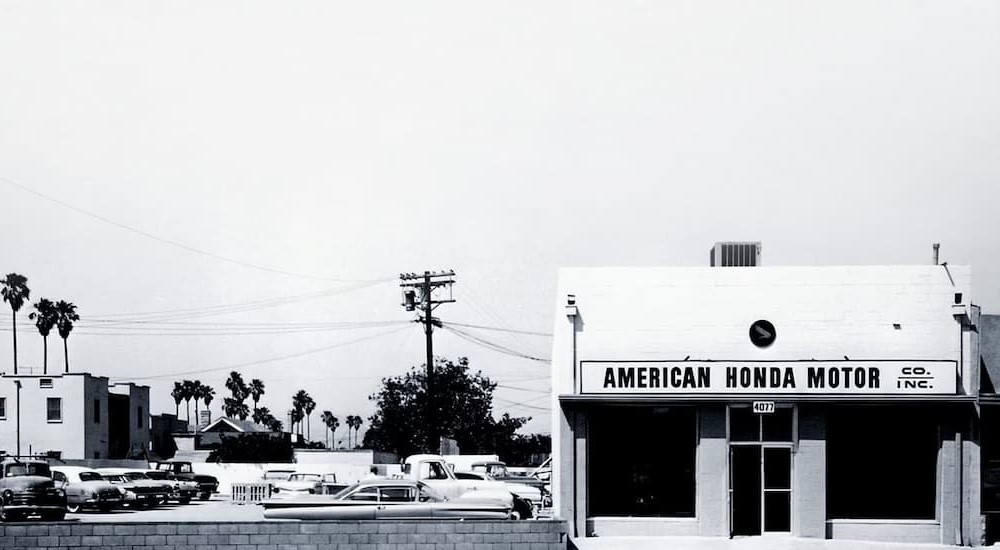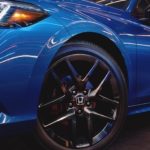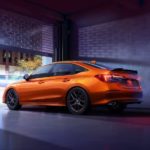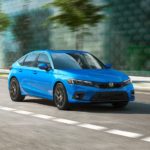The classic car market is easily one of the most fun segments of the automotive industry. It’s shrouded in nostalgia and rich in history. Classic cars are special and unique since they’ve been out of production for so long. Enthusiasts create entire events around getting together to show off their classic collections. There’s also the added element of rarity. Many classic cars weren’t appreciated back when they were first released, so drivers of the past didn’t take the best care of them, and now there are fewer iterations of each model for us to enjoy. For those that survived, there’s a question of condition and inventory. The older and more rare these vehicles become, the higher their worth to passionate collectors.
While some people might picture American classics like a 1950s Chevrolet or a 1960s Ford, now that we’re in 2023, even models from the 1980s are considered classic. While Honda is a relatively new brand compared to the American classics, they’ve still been in the car business since 1963, when they debuted their first four-wheel passenger vehicle. In the decades that have since passed, Honda has established itself as a highly reputable brand. In fact, it’s widely known that if you’re shopping for used cars for sale, an older model Honda that’s properly maintained can easily survive six figures on the odometer. That being said, it’s about time we appreciate the classic Honda market and what it has to offer.
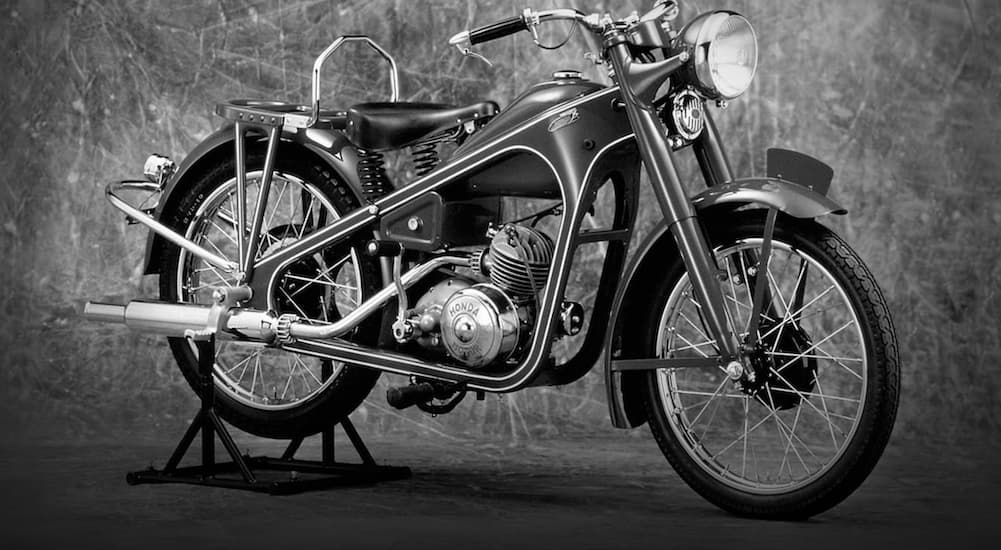
Brief History of Honda
Honda started as a motorcycle company in the 1940s and evolved to sell passenger vehicles in just two decades. Their first vehicle sold in the United States was the 1963 Honda N600. By the 1980s, Honda would grow to become the third largest automaker from Japan, just behind Toyota and Nissan. In 1982, Honda opened a U.S. plant to begin building vehicles onsite for their growing demand. Honda grew as they became a pioneer in many categories. They were the first automaker to build an engine to meet the 1970 U.S. Clean Air Act. They also built the first luxury Japanese car with the 1987 Legend, built the first integrated navigation system, produced the first motorcycle with an airbag, and released the first mid-size pickup truck with independent rear suspension with the 2006 Ridgeline.
What Makes A Classic?
Classic car is a term that can have a wide range of definitions, and often can be seen in the eye of the beholder. It’s not uncommon to find that each state, insurance company, collector, and dealer have their own set of criteria. Even the term “classic” has been used interchangeably with other terms, such as vintage or antique. Distinguishing the three depends on the age, price, and historic status. What almost everyone can agree on is that these vehicles are at least 25 years old. In order to qualify as vintage, a car must have been manufactured between 1919 and 1930, taking Honda out of the running for that classification. An antique car is often defined as one built in 1975 or earlier. And finally, a classic car is anything from 2000 or before. Of course, the vehicles in all three categories will vary in price depending on their overall condition.
While there are no vintage Honda models, there is a long list of Hondas that certainly fit the bill of classic and antique car definitions. Some are far more rare than others, but each offers a distinct snapshot of Honda’s capabilities as an automaker. Many of their models were ahead of their time on performance, agility, design, and quality. They may not have that new car smell, but these models are fun to drive and sure to turn heads, whether you’re at a classic meet-up or just cruising the neighborhood.
1970 Honda Z600
Honda’s first car sold in North America was the N600 sedan in 1969. This was closely followed by the swoopy Z600 coupe. This vehicle came so early in Honda’s development as a brand that it had to be sold at its established motorcycle dealerships, because in 1970, Honda did not yet have a single car dealership in the US. Its name comes from the size of the engine, a 598 cc. Honda rounded it up to 600, and thus we got the Z600. This may seem like a small engine, but consider that models sold in Japan were limited to a 360 cc engine to qualify as kei cars!
The Z600 was equipped with either a four or five-speed manual transmission and front-wheel drive. It has a unique style that was unusual even in the 1970s. Famous car collector Jay Leno has one in his personal collection. If you can get your hands on one of these two-door coupes, you’re sure to turn heads.
First of Its Kind: 1973 Honda Civic
Seeing as how the Honda Civic is now in its 11th generation, it’s worth taking a deep dive into the very first model. Even back in the ‘70s, the Civic represented Honda’s commitment to compact and economical cars, made of quality parts and top-notch engineering. The 1973 Civic came equipped with an eight-valve inline-4 engine that paved the way for the four-cylinders in today’s Civic models. The original Civic produced 50 horsepower and 59 lb-ft of torque. It could make its way to 60 mph in about 12.9 seconds. The Civic was designed with the notion that mechanicals should be kept to a minimum so that there was less chance for error in various components. It has independent suspension all around, comprised of MacPherson struts and coil springs. If you manage to hunt down a ‘73 Civic, it will come with a four-speed manual transmission. The release of the first-generation Civic came at the perfect time, since this was when the global market was recovering from the first-ever oil crisis. The small size and efficient engine sent the Civic on a trajectory of success that continues today. The first Civic is a relic in history, and any collector would be lucky to have one.
1989 Honda Prelude
The Prelude lands on the list of eligible classics for its one-of-a-kind features and athletic appearance. The Prelude moniker is iconic among gearheads thanks to its evolution into a thrilling sports coupe with class-leading performance. First created in the 1970s, the Prelude copied many components from the Accord, including the engine, suspension, and brakes. But the third generation of the model is where things really take off. The 1989 model is the second iteration that includes technological advances like four-wheel-steering, a power moonroof, and a B20A engine. If you can get your hands on an Si model, you’ll enjoy a 2.0L DOHC four-cylinder engine that produces 135 horsepower and 127 lb-ft of torque. It may not sound like much today, but this was rather good performance for the 1980s. The 1989 Prelude was designed with both a four-speed automatic transmission and a five-speed manual. Honda built the Prelude for performance and reliability, and it helped seal Japan’s reputation for delivering thrilling coupes that could go beyond expectations.
Consider A Classic Honda
There are many reasons to consider a used Honda to add to your collection. Honda vehicles have always been ahead of the pack, with vehicles designed around efficiency, peak performance, and durability. It’s time to set aside the old notions of what it means to drive a classic car, and open your mind to those brands that are joining the ranks. Honda has been around for over 60 years, offering quality engines that were well ahead of their time. The Z600, Civic, and Prelude are just three examples of Honda models that have graduated into collectors’ items. The best part is, if you’re lucky enough to snag one, you’ll still get to drive it and enjoy it to the fullest.
